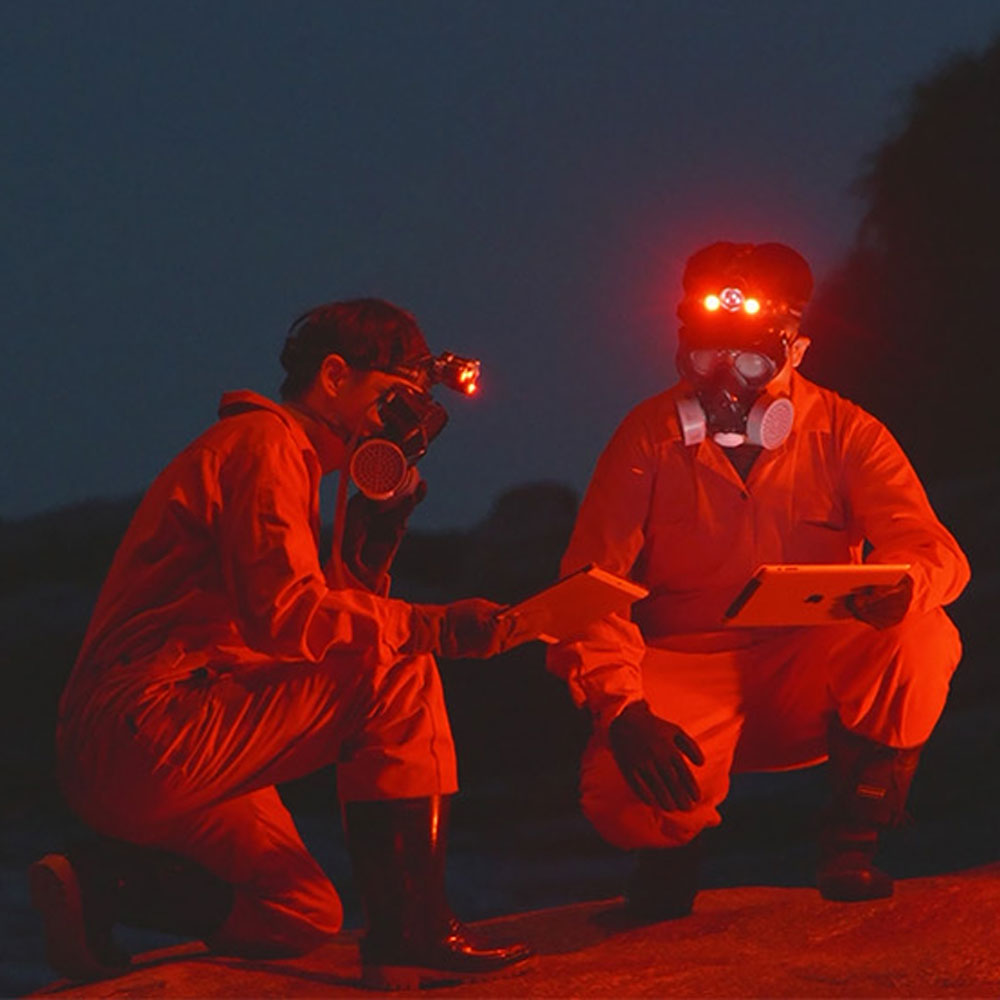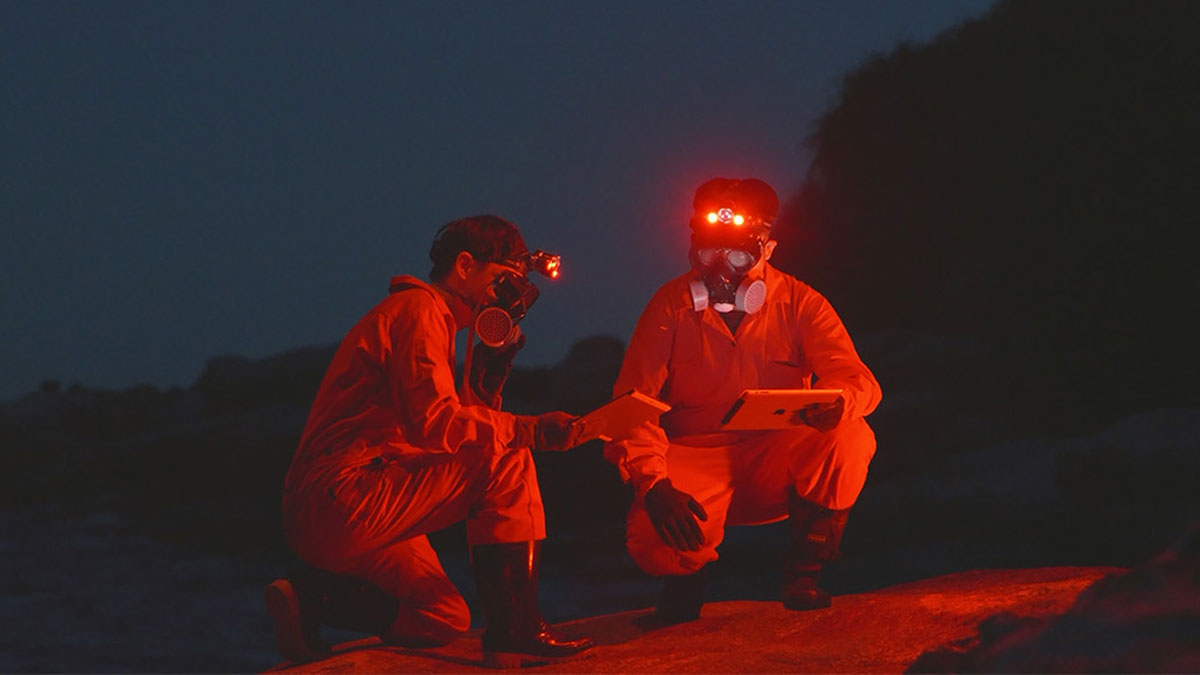Engineering of Volcano Detonating

The History of Yen
- 2020, two-channel video, 27 min.
- Courtesy of the artist.
Curatorial Perspective
Engineering of Volcano Detonating comprises a group of knowledge workers from different disciplines, bringing together ecological and cultural-historical investigation, study of ancient civilizations, study of unidentified flying objects (UFO), theories of supernatural phenomena, as well as volcano monitoring and equipment at observation stations. Focusing on the Tatun Volcano Group in northern Taiwan as the site of their practice, they have experimented on bridging heterogeneous knowledge. Art, in this case, is like a spider weaving a network of imagination: these volcanic vital signs, such as heartbeat (irregularly periodic earthquakes), exhale (subterranean rumbling), temperature (terrestrial heat), and blood flow (magma chamber and hydrothermal system), are coagulated into various heterogeneous knowledge at the geographical site of “volcanoes” through monitoring, data conversion, determining locations of seismic waves, analysis of waves, identifying sound frequency, etc., thus weaving a near-future sci-fi narrative about “the city on volcanoes.” The art project featured in this exhibition is divided into Volcanoes and The History of Yen. In the former, volcanoes are viewed as a living entity. They combine scientific data from volcano observation stations, legends about flying saucers, sacrifice rituals, and sorcery told by the local Ketagalan people, and contemporary experience of shamanism, delineating volcanoes as sentient beings. The latter portrays the volcano group as an ecology –“a city of volcanoes” inhabited by “mosina” (a type of mythic goblinoid monsters in Taiwan), red humanoid creatures, visiting aliens, human beings, and a wide range of species. From the angle of the “pluriverse” – that is to say, if we believe that there are multiple and varied worlds existing within this world of ours, which are connected and communicate with each other through “sentiments” – these stories about the volcanoes and the Yen people would appear to be less fictitious but authentic experiences of reality. This also beckons the modernity that Taiwanese people and most of Earth’s population have experienced: We use high-tech products and learn knowledge built upon modern sciences, but at the same time, we also sincerely worship and believe in Mazu, land gods, the Christ, the Buddha, the ancestral spirit, and many other deities, unless a person firmly believes that modernity has already disenchanted “this world.” All in all, these cosmotechnics constitute the ethical foundation of human existence.
Creation Description
The eruption of the Tatun Volcano Group 5,000 to 6,000 years ago may have left a deep impression on the prehistoric peoples living in Greater Taipei at that time. Within the recent 1,000 years, before large numbers of Han Chinese people settled in Taiwan, did the trade activities, cultures, and animistic beliefs of various peoples of the volcanic mountain sulfur deposits and surrounding areas blend together to form complicated philosophies and legends related to volcanoes? For Volcanoes, volcanic data, energy sensing of contemporary shamans, and legends and memories told by the elders of the Ketagalan tribe of the Tatun Mountains, regarding volcanoes, UFOs, shamans, and ceremonial grounds, are used to present the scientific/non-scientific convergence of volcanic life forms.
According to legend, people of short stature with red eyes and red skin lived near the Tatun Volcano Group. Based on this legend, The History of Yen connects alien life, UFO sightings, ancient maps, relics, and demons. Through recent research on scientific/non-scientific knowledge, records, archives, and illustrations related to the Tatun Volcano Group and its surroundings, along with collaborations and dialogues with scholars of ancient civilizations, ecological surveyors, UFO research societies, psychic research societies, and volcano monitoring station researchers, heterogeneous knowledge on “volcanoes” has been organized in such a way as to weave a near-future science-fiction narrative of “the city on volcanoes.”

